Why Alaska's Senate race might be closer than anyone thinks
Democratic Sen. Mark Begich has built an unprecedented ground game. Could it save him on Election Day?
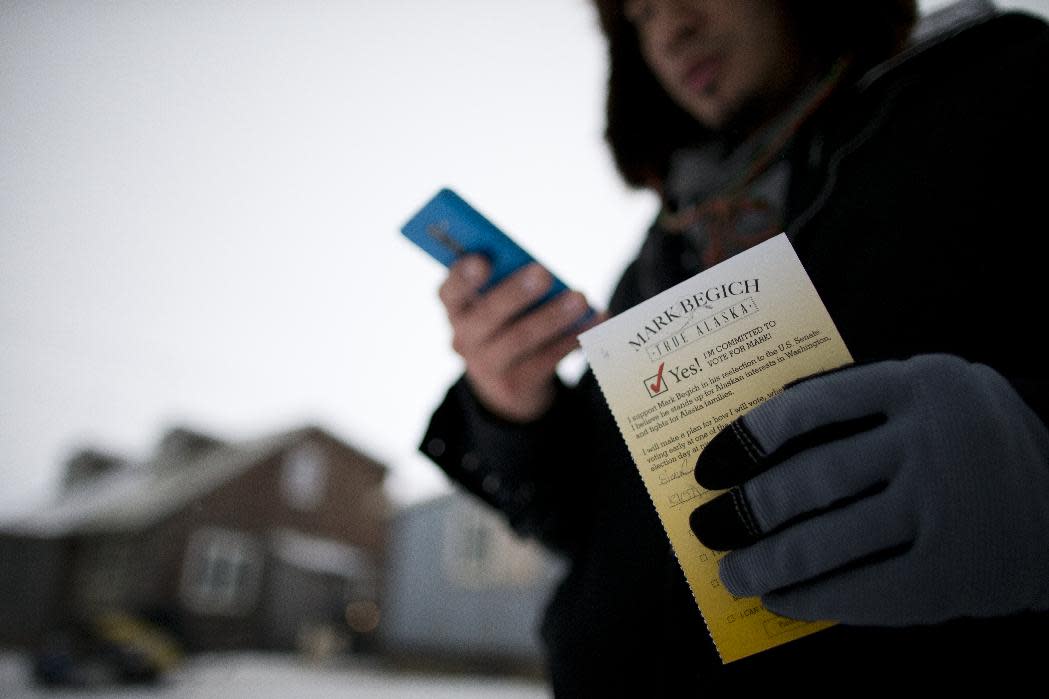
There's a time-honored cliche that political pundits tend to trot out whenever they're asked, usually on cable TV, to prognosticate about a race they aren't particularly familiar with:
"It's going to come down to the ground game."
Most of the time, this isn't really true. Fundamentals such as party registration numbers and the state of the economy usually play a larger part in election outcomes than the campaigns' respective efforts to ensure that their voters actually vote.
But suddenly there's reason to believe that the ground game is going to matter more in this year's Alaska Senate contest between Democratic incumbent Mark Begich and Republican challenger Dan Sullivan than it has mattered in pretty much any other major race in recent memory.
In fact, what's happening on the ground in Alaska — the nitty-gritty work of identifying friendly voters in the farthest-flung corners of the Last Frontier, then turning them out on Election Day — may ultimately force the rest of us to wait well into November before we find out whether Republicans or Democrats will control the U.S. Senate in 2015.
There are two reasons for this.
The first is the polling. For months, the Alaska Senate race has been frozen in place, statistically speaking. Nine mainstream surveys were released between Aug. 20 and Oct. 12 — and all nine showed Sullivan, a Harvard-educated Marine, leading Begich by roughly 4 or 5 percentage points. The polling was so consistent that analysts began to turn their attention to harder-to-call races in Georgia, Iowa and Kansas, writing off Alaska as a fairly likely flip for the GOP.
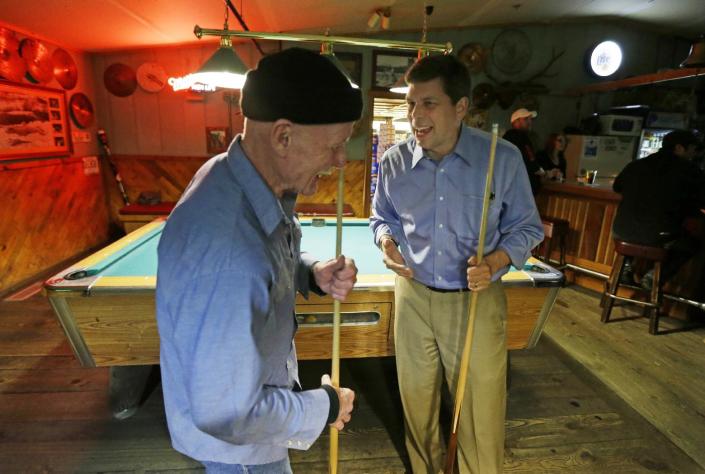
Then came the latest flurry of polls. Last Friday, a GOP firm released a survey that gave Begich a 10-point lead over Sullivan. A Democratic pollster soon put out a poll that showed a dead heat, with each candidate garnering 44 percent of the vote. And an Ivan Moore Research poll unveiled on Facebook on Monday night awarded Begich an 8-point advantage among likely voters.
None of which means that Begich is necessarily surging ahead of Sullivan in the homestretch. Alaska is Republican by default: No Democratic presidential candidate since 1968 has captured more than 42 percent of the vote on Election Day, and in 2008, a big Democratic year, Begich squeaked out a victory by a mere 3,953 votes, though his opponent, Sen. Ted Stevens, had been convicted of corruption (the conviction was later overturned).
Begich hasn't really out-campaigned Sullivan in recent weeks, at least not to the tune of a 10-point jump in the polls. At first Begich attacked his rival — an Ohio native and longtime Maryland resident — for not being Alaskan enough; it didn't give him the lead. Lately, Begich has been hammering away at the point that he isn't really as Democratic as he seems — a necessary message in a conservative state, but not exactly an inspiring one. In fact, he's often behaved as if he were running against President Barack Obama rather than, say, Sullivan. "I don't care to have [Obama] campaign for me," Begich recently told Politico. "His policies aren't working."
Meanwhile, the latest news out of the state is all about Begich's fellow Alaska senator, Republican Lisa Murkowski, who is continuing to demand that Begich remove her likeness from his television ads. Not exactly a boost for Begich. As FiveThirtyEight put it, "Public sentiment almost never shifts so much so quickly in a general election, especially this late in the race, without major precipitating news events" — and there are no events in the Alaska newspapers right now that would precipitate even a gentle shift in Begich's direction.
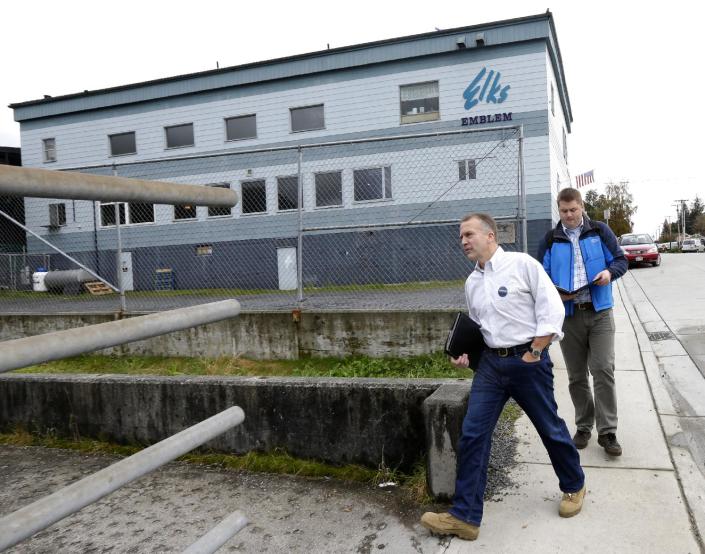
It's also important to note that Alaska is a notoriously difficult place to poll. Voters are few and far between; many of them don't even have landlines. Consequently, the actual results in the past seven partisan elections in Alaska have diverged from the final polling predictions by a
whopping 7.2 percentage points on average — and in every single race, the polls have shown a Democratic bias. Begich's last campaign, in 2008, was indicative of the trend. The polling averages gave him a comfortable 10-point buffer heading into Election Day. But when the dust settled, he'd defeated Stevens by only 1.
So why should we be paying attention to the latest crop of Begich-friendly polls at all? Why not just dismiss them as statistical outliers and go back to obsessing over Georgia?
This brings us to the second reason why Alaska may be turning into a nail-biter: Because if anyone has the kind of ground game in place that could make these numbers come true on Nov. 4 — at least in part — it's Begich.
Every poll is an exercise in predicting which voters are likely to vote on Election Day, and much of the variation across polls can be attributed to the different ways that different pollsters "screen" for these likely voters. Some may include more Republicans; some may include more Latinos. Every little shift affects the final numbers.
That's why the new poll showing Begich ahead by 10 points is particularly interesting. The pollster who conducted it, Marc Hellenthal of Anchorage, is a Republican. He wasn't working for a candidate, a party or a super PAC. And his poll also shows embattled incumbent Gov. Sean Parnell, a Republican, leading his independent rival, Bill Walker, by about 2 percentage points — no worse than other surveys, if not slightly better. As the New York Times put it, "the rest of the Hellenthal poll seem[s] eminently reasonable."
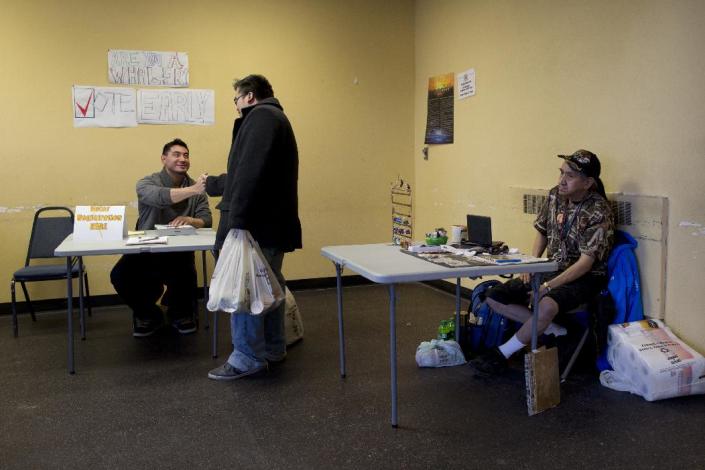
The big difference may be the composition of Hellenthal's likely electorate. When most pollsters attempt to poll Alaskans, they dial landline numbers. This makes it difficult to get an accurate reading, though, because 49 percent of Alaskans — including most of the state's Native Americans, who represent 17 percent of the electorate and tend to vote Democratic — rarely use landlines; they use cellphones instead. (The national number is 41 percent.) It also results in a very poor response rate. In one recent poll, Hellenthal's firm made 1,100 calls to landlines and wound up with only 76 completed surveys to show for its efforts.
The new Hellenthal poll, however, is different. Of 403 interviews, 79 percent were conducted on cellphones; 21 percent were conducted on landlines. That's why, when he was recently asked if his survey was an outlier, Hellenthal said he "feels confident in the numbers."
Whether we should feel confident in Hellenthal's numbers is a different story; no one in Alaska expects Begich to win by 10. But this much is worth noting, too: Alaska is a small state — the fourth-least-populous in America — where little variations in who actually votes on Election Day can make a big difference in the results. And by all accounts, the Begich campaign has put together a ground game with a better chance of effecting those changes than pretty much any other Senate campaign ever.
Consider the stats. To prepare for the 2014 elections, the Democratic Senatorial Campaign Committee launched its $60 million, data-driven Bannock Street Project, a "dramatic strategic shift of resources to field-based mobilization" that was designed to "reshape the electorate in key midterm states" by getting unreliable voters to act more reliable. And Alaska — where "neither party previously had much grass-roots infrastructure because of its Republican tilt and the logistical obstacles of traveling between rural villages" — has wound up becoming the Democrats' showcase state.
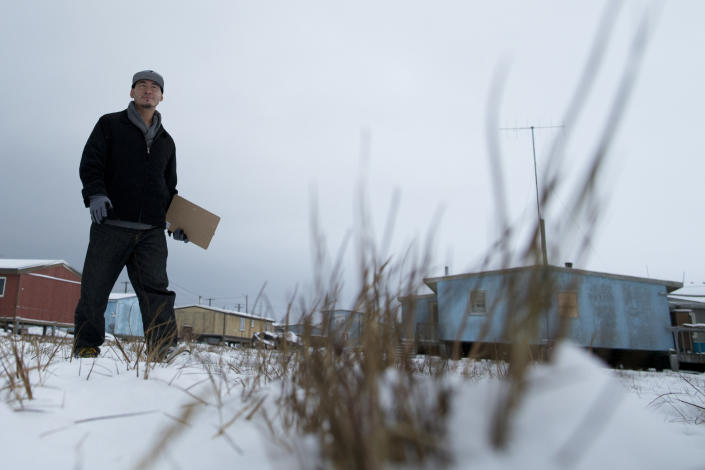
The result is a field operation that's much, much bigger than anything Alaska has seen before. Sullivan has five field offices in the state's most populated areas; Begich has 16, many in far-flung communities. Sullivan and the GOP have 14 field staffers on the payroll. Begich and the Dems have 90 — and "
nearly half of them are based in rural Alaska and are responsible for on-the-ground organizing in the state's 198 Native villages." All told, Democrats have spent 10 times more than Republicans on field operations in Alaska. Meanwhile, independent expenditures in the state recently hit the $36 million mark — an average of $120 per voter. That's insane. The next highest state on the list is New Hampshire at $34 per voter. By comparison, pro-Obama groups spent $16.73 per voter in 2012.
As Andrew Halcro, president of the Anchorage Chamber of Commerce and a former Republican state legislator and gubernatorial candidate, recently told the Washington Post, "I have never seen 20-somethings roaming my neighborhood with iPads with the data they have. There's never been this organized, concerted, backbone effort before."
The question now is whether Begich's effort will be enough to overcome the structural challenges for a Democrat running in Alaska. If it is, the electorate on Nov. 4 will probably look more like Hellenthal's sample than his fellow pollsters': more cellphones, fewer landlines. And the results will probably look a bit more like Hellenthal's as well.
In which case, the rest of us may be in for a long night — and perhaps even a long November.
This article was updated at 11 p.m. ET on Oct. 30, 2014.




